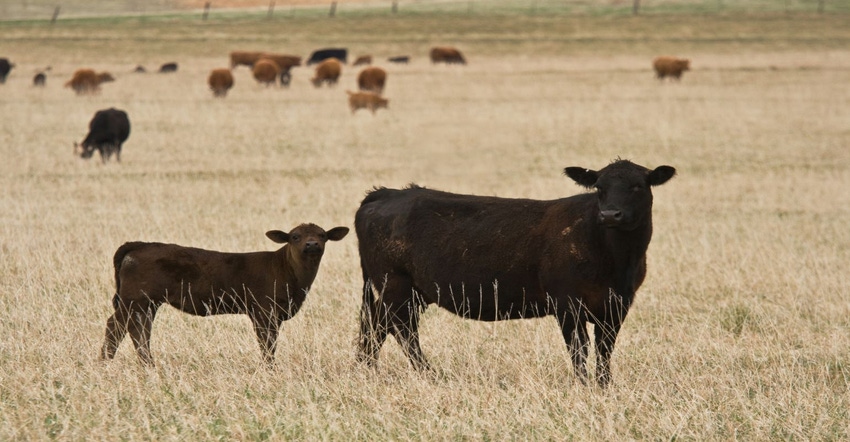Feeder cattle markets jump into December
Cattle slaughter and beef production are tightening in the final weeks of the year

Oklahoma feeder cattle auction prices jumped sharply the week after Thanksgiving. Calf prices, in particular, were $10-$15/cwt. higher and all classes were $6-$10 higher after Thanksgiving. Several factors contributed to the strength in feeder prices. Improving Feeder futures prices, a stronger fed cattle market and limited supplies of feeder cattle all combined to push prices higher.
Oklahoma feeder auction volumes have been smaller five of the past six weeks after being higher year over year all summer and early fall. The volume of feeder cattle in Oklahoma auctions last week was down 19.4 percent compared to the same week last year.
In the 16 weeks from July 1 through mid-October, the cumulative extra feeder cattle volume over last year totaled 71.397 head. Since mid-October, feeder volumes have been bringing the cumulative total since July 1 down to 52,808 head. In other words, the cumulative total of increased early sales of feeder cattle still far exceeds the reduction in the past six weeks. Smaller volumes will likely persist for the rest of the year at least.
I have driven across much of the state in recent weeks and it appears that most winter wheat is up with stands that vary from spotty to good. The final USDA Crop Progress report of 2022 was issued the end of November and showed that 95 percent of Oklahoma wheat is up, equal the same week last year and one point higher than the five-year average.
The condition of Oklahoma wheat was rated at 12 percent very poor; 12 percent poor; 45 percent fair; 30 percent good and just one percent excellent. This shows that the stands are rather lackluster and almost none are grazable or will be before the end of the year. Depending on moisture and temperature conditions through December, some wheat may grow enough for turnout after January 1. All in all, wheat grazing will be very limited and most grazing that does occur will be used to supplement forage supplies for animals on hand.
Cattle slaughter and beef production are tightening in the final weeks of the year. Total weekly beef production was down 1.0 percent in the most recent weekly data. This is the largest weekly decline in weekly beef production since the first few weeks of the year.
The expectations are to begin seeing consistent week over week decreases in beef production. The most recent weekly data showed the continuing contrast in steer and heifer slaughter. Steer slaughter was down 6.4 percent compared to the same week last year, while heifer slaughter was up 4.6 percent.
Combined steer plus heifer slaughter was down 2.1 percent, contributing to the decrease in weekly beef production. Total steer plus heifer slaughter is up 0.8 percent for the year to date.
Beef production in 2022 has also been boosted by increased cow slaughter. Beef cow slaughter is up 12.1 percent year over year for the year to date. However, beef cow slaughter has been up only about three percent the past two weeks, suggesting that herd liquidation may be slowing down.
For the year to date, cull cow and bull beef production has been up 4.1 percent year over year. Going forward into the new year, heifer and cow slaughter should decline thereby allowing total slaughter and beef production to decrease.
Source: Oklahoma State University
About the Author(s)
You May Also Like


.png?width=300&auto=webp&quality=80&disable=upscale)
